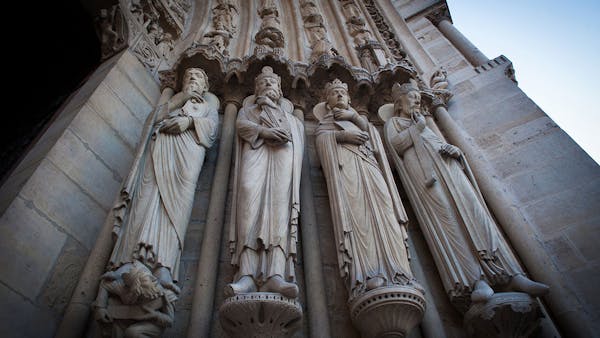CRANMER’S COWARDICE AND COURAGE
Thomas Cranmer was really an unlikely hero yet he was one of the most influential figures of the English Reformation. He was born around the year 1489 near Nottingham and enrolled at Cambridge University at the age of 14, earning a BA in 1511 and becoming a Doctor of Divinity in 1523.
Some historians say that he spent a number of years in Germany and was deeply influenced by the wave of Protestantism that was gaining momentum there while others say he spent several years studying the writings of Luther while he was in Cambridge, whatever the case may have been the work of Luther made a deep impression on Cranmer and was responsible for his conversion. One of the most telling signs of the impact Protestantism had on Cranmer was the fact that he was married even though it was illegal for Catholic priests to do so.
Cranmer was appointed Archbishop of Canterbury by Henry VIII and his rise to the position was fairly unconventional. The issue at hand was Henry’s desire to divorce his first wife, Catherine of Aragon who had been unable to produce a male heir. Henry desperately needed a male heir to stabilize the Tudor succession to the throne and he was incensed at Catherine’s inability to help the situation. Cranmer commented to someone that the king should obtain a consensus of opinion regarding the matter from the leading Universities of Europe. His comments reached the ears of the king who quite liked the idea and this set in motion a series of events that saw Cranmer being called to take up the position of Archbishop of Canterbury.

